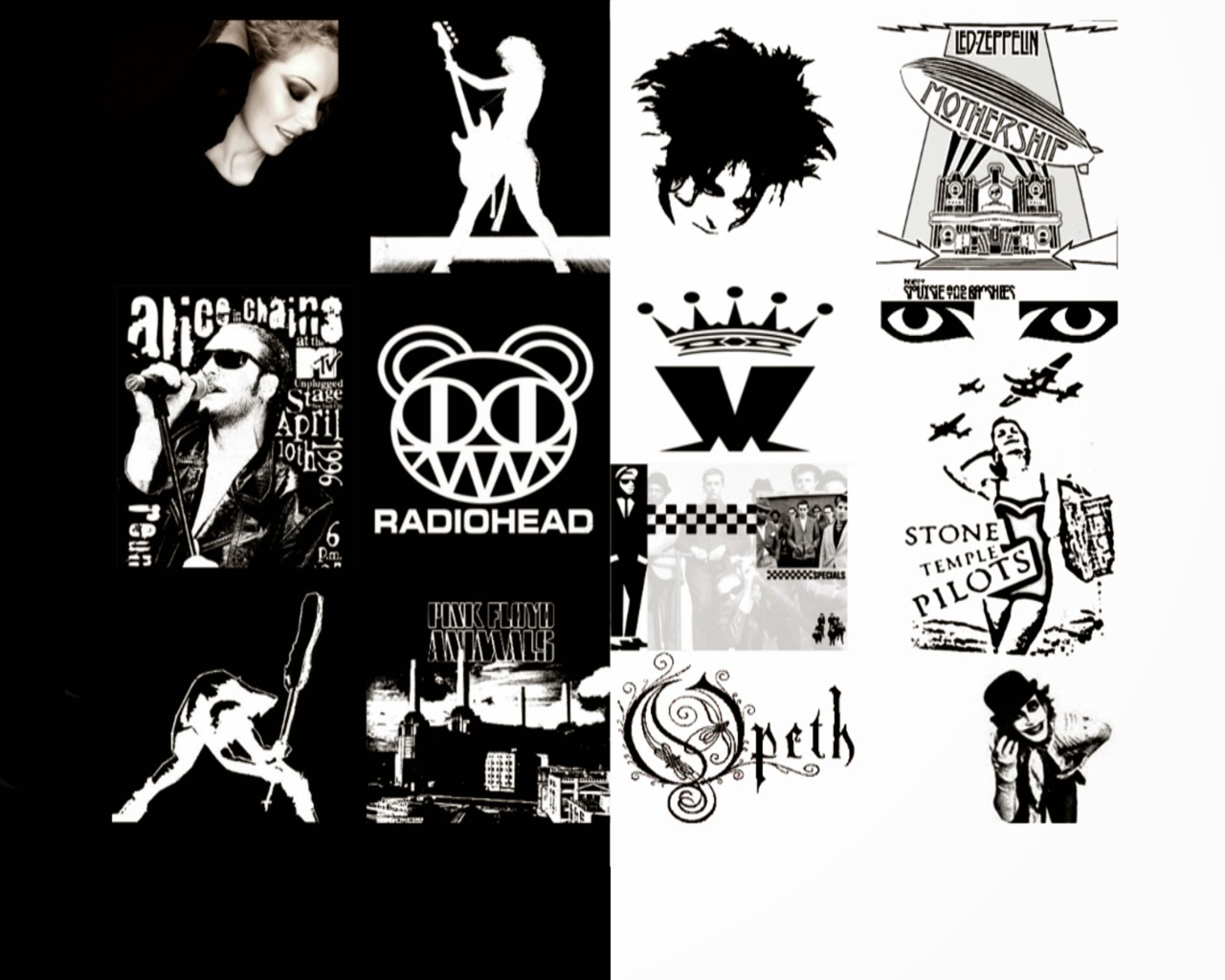Best Ideas Are Never Very Creative
Creativity & Innovation
Best Ideas Are Never Very Creative
By Jeffrey Paul Baumgartner via Creativity PostIf you are looking for truly original ideas, you need to remove the word "best" from your evaluation process. Brainstorms, ideas, campaigns and similar idea extravaganzas very often end with a vague notion of choosing the best idea. The problem is that a truly creative idea, the kind of idea that has the potential to become a breakthrough innovation, is seldom the best solution to the problem or the best path to achieving a goal -- for the very simple reason that highly creative ideas are original.
They cannot directly be compared to existing notions. If you come up with a technology for a hyper-space drive, you cannot compare it to other hyper-space drives. You have invented the only one. Rather, you can compare it to similar existing technology, such as rocket engines or ion thrusters. But these are very different things and so the comparison is difficult and may focus on the wrong criteria. Let's look at some more concrete examples.
Ford Model T
Consider the Ford Model T, the car developed by Henry Ford. When it was
launched in 1908, it was not the best car on the market. Indeed, other
cars of the time were more powerful, more comfortable and more
luxurious. But they were also very expensive; they were toys for the
rich. As far as the middle class of the time was concerned, personal
transportation options mostly involved horses. Henry Ford's innovation,
of course, was to build a reliable and affordable car using a new
manufacturing process: the production line. The production line cut
costs through efficiency improvements as well as providing consistency
from vehicle to vehicle. As a result, the Model T was the first
affordable car for the growing middle-class. But, at the time of its
launch, its competition was the horse. In fact, Mr. Ford famously said
that if he asked his customers what they wanted, they would have told
him a faster horse.
Digital Cameras
Early digital cameras produced very low quality results. Even today, a
good 35 mm SLR (single lens reflex) camera that uses film is capable of
producing better quality images than nearly all digital SLR cameras. So,
if people in the film industry were asked 10 years ago: which is
better, improved film or digital images, they would have answered
"improved film." The problem, in this case, is that they were looking at
the wrong criteria: quality of images and ease of printing. However,
digital photography has become the standard for completely different
reasons: convenience, no need to buy film, ability to manipulate images
immediately and ease of sharing images on the Internet. In fact, most
people do not care a great deal about the quality of images.
Now, of course, the camera business is facing a new foe: telephones. If
you go to many tourist sights today, you will see more people taking
pictures with their telephones than with cameras. Sure, cameras can
almost always take better quality pictures than telephones. But they
lack the convenience.
Best ≠ Most Creative
If you look at breakthrough, and especially disruptive, innovation, you
will see that the ideas behind the innovation were either so original
they could not be compared to existing technology, or sufficiently
different that when compared to existing technology they compared
poorly.
If you are looking for truly original ideas, then you need to remove
the word "best" from your evaluation process. Replace it with words such
as "most creative", "most original" or "zaniest." Moreover, make it
clear from the beginning that you are not interested in "best" ideas.
Research has shown that when you tell people in a brainstorm that the
best ideas will be rewarded, the ideas generated are less creative than
when you give no such advice. However, if you tell people the most
creative or most original ideas will be rewarded, then you see a much
higher level of creativity.1
Of course, not every idea you implement in your company needs to be a
potential breakthrough innovation. You also continually need to improve
your existing products, services and processes. In such cases, the best
ideas may suffice. But when you are looking for high level, breakthrough
innovation, you need to seek totally new ideas and not simply the best
idea.
Reference
1. V S Gerlach, Schutz, Baker, Mazer, (1964) "Effects of Variations in
Test Directions on Originality Test Response", Journal of Educational
Psychology, Vol 55 No 2, pp 79-84.
"No Copyright Infringement Intended, Strictly For Promotional Purposes Only! All Rights Reserved To Their Respective Owners."
"Copyright Disclaimer Under Section 107 of the Copyright Act 1976, allowance is made for "fair use" for purposes such as criticism, comment, news reporting, teaching, scholarship, and research. Fair use is a use permitted by copyright statute that might otherwise be infringing. Non-profit, educational or personal use tips the balance in favor of fair use."
"Copyright Disclaimer Under Section 107 of the Copyright Act 1976, allowance is made for "fair use" for purposes such as criticism, comment, news reporting, teaching, scholarship, and research. Fair use is a use permitted by copyright statute that might otherwise be infringing. Non-profit, educational or personal use tips the balance in favor of fair use."








































0 comentarios :